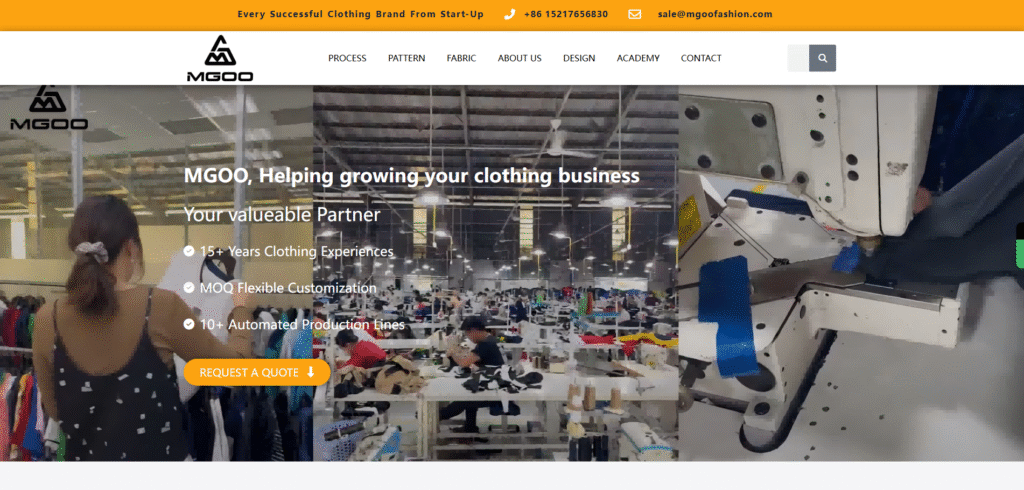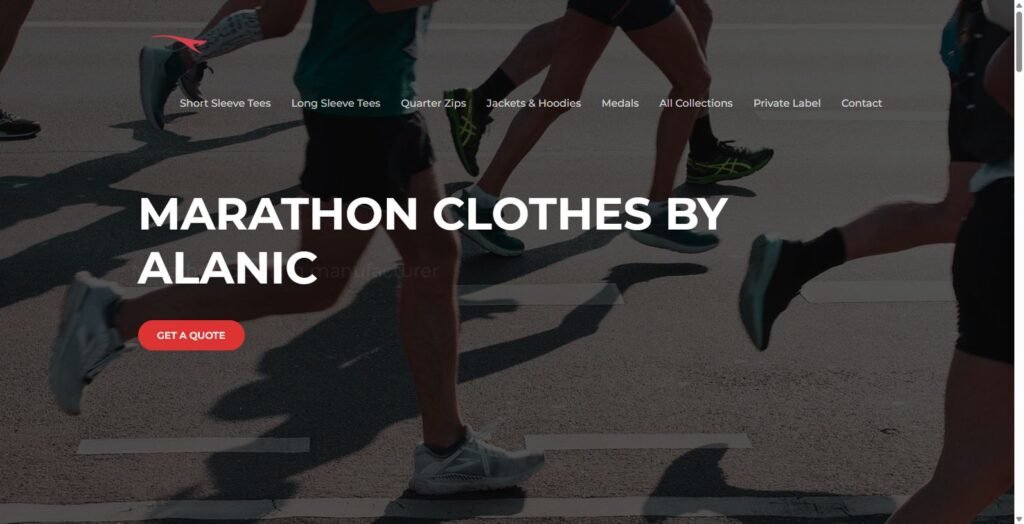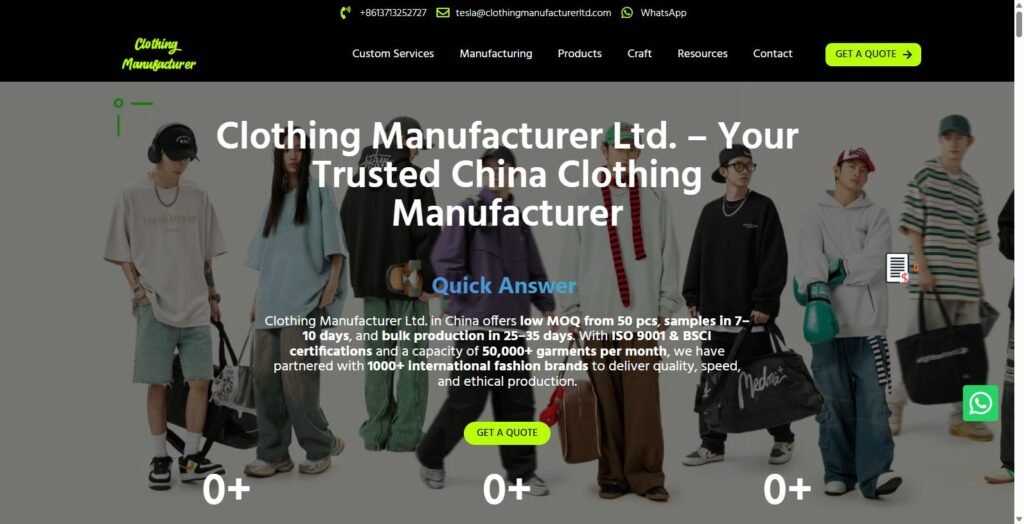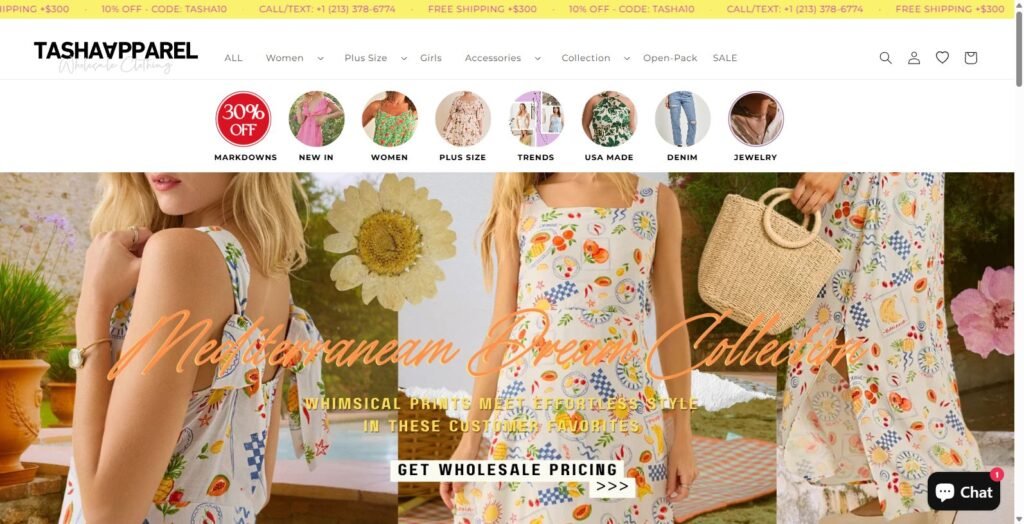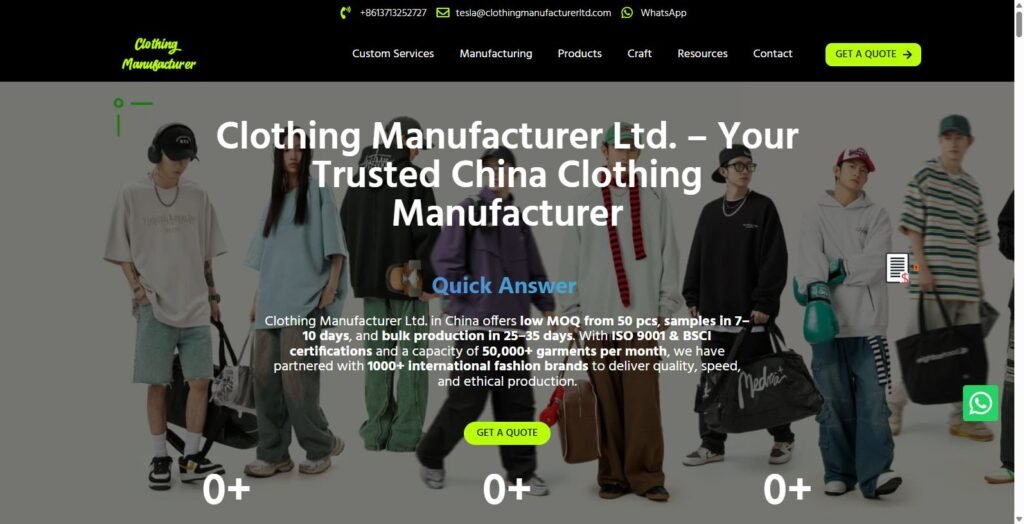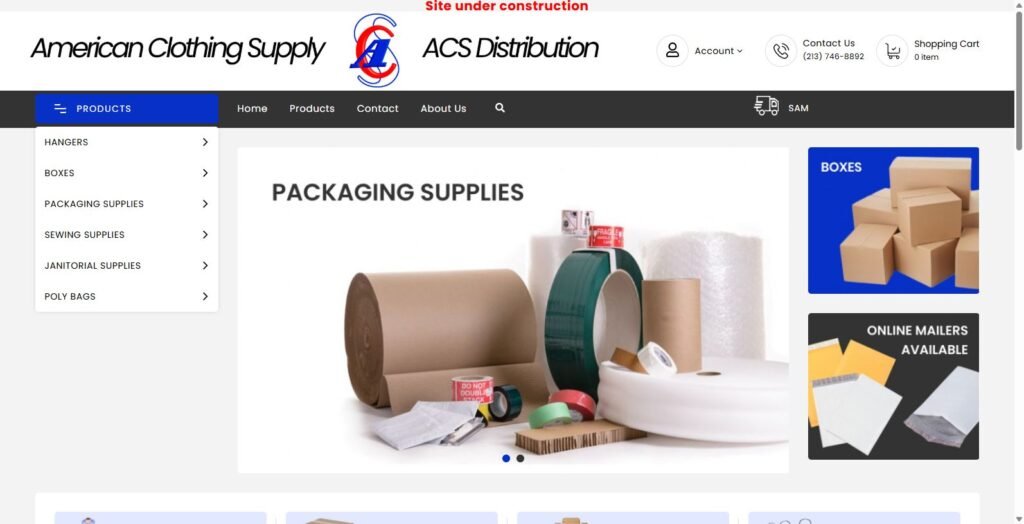The thrill of bringing your clothing design to life as a tangible product is undeniable. But the first step is the most difficult. You need to select the right manufacturer to produce your garments. The quest is likely to be exhausting. The majority of fresh brand owners are confused and don’t know which path to choose. In their minds, it could also be that they can’t find an honest partner.

Our guide is designed for you to see it easy. You’ll see the different ways to find a manufacturer of clothes. We split the whole process into many, specific stages. You’re first going to learn how to plan, then how to search, check, and form a solid partnership. Only then will you finally be able to get everything confused untangled and feel confident.
The First Big Decision: Domestic vs. Overseas
The first step you need to go through is a very very important one. Will you work with a factory in your own country? Or will you work with one overseas? This choice has an influence on your costs, your speed, and your communication.
The right decision has to be made. It’s the first step you need to take when learning how to find a clothing manufacturer. There is no perfect answer to this question. It usually depends on your brand’s targets and priorities. Also, it should take into consideration your budget.
| Factor | Domestic Manufacturing (e.g., USA, UK) | Overseas Manufacturing (e.g., China, Vietnam) |
|---|---|---|
| Cost | Higher cost per item. | Lower cost per item. |
| MOQ | Often has a lower Minimum Order Quantity (MOQ). Good for startups. | Usually requires a higher MOQ (hundreds or thousands of pieces). |
| Communication | Easier communication. Same time zone and language. | Can have time zone and language barriers. |
| Shipping Time & Cost | Faster and cheaper shipping. | Slower and more expensive shipping. Can have customs delays. |
| Quality Control | Easier to visit the factory and check quality in person. | Harder and more costly to visit. You may need a third party. |
| IP Protection | Stronger laws to protect your designs (Intellectual Property). | IP protection can be a concern. Requires careful contracts. |
The Pre-Search Checklist: 4 Things You Must Have
Manufacturers are busy. So you need to bring your A-game. Be well-prepared and you would be seen as a professional. With these four things, the search for a factory for your clothes will be straight as an arrow.
A Finalized Design & Tech Pack
The tech pack is not only the most important document but it is also the only one really needed during this stage. The tech pack is the blueprint for your clothing. It tells the factory exactly how to make your product. Without it, you cannot get accurate quotes. You cannot get samples.
A good tech pack includes:
* Technical drawings of the front, back, and sides.
* A list of all materials and trims. This includes fabric, thread, zippers, and buttons.
* Detailed measurements for all sizes.
* Information on colors.
* Placement details for logos, tags, and labels.
Creating A detailed tech pack ensures there is no confusion.
A Clear Bill of Materials (BOM)
A Bill of Materials is a detailed list, which is called BOM for short. This list comprehensively outlines all the materials that are needed to fashion one unit of the specified clothing item. These range from the exact type and length of zip needed as well as the required number of buttons. The BOM should be very clear and accurate as this is the only way the factory will be able to calculate the cost correctly.
Defined Quality Standards

You will have to define your brand’s criteria of what “good quality” means. You need to be precise. For example, think about the stitches per inch, the kind of seams, and the fabric weight that can vary. Having standards will eliminate the uncertainty of your relationship with the factory. The criteria will also let the factory have a fair way to check whether your products conform.
Target Cost Per Unit & Budget
The first thing that you need to do is to get familiar with your numbers before you go any further. How much is the highest price you can afford for one item? You must still have a profit. This is the target cost. Knowledge of your budget will be a tool for negotiation and will save your time in the process of finding a suitable manufacturer.
7 Effective Methods for Finding a Manufacturer
Now that you are prepared, it is time to start searching. A clothing manufacturer is traditionally reached in several distinct manners. Here are seven efficient tactics to set you in the right direction.
1. Online B2B Directories
An online B2B platform with hundreds of thousands of factories like Sewport, Maker’s Row, and Alibaba allows you to find the one you need. The filtering options include country, product type, and minimum order size.
Pro Tip: The platform hosts a wide range of options; however, one has to exercise immense caution. Reading the reviews and embarking on thorough research are some of the ways of finding a reliable partner.
2. Targeted Search Engine Research
Utilize the vast resources available in search engines like Google. Instead, use specific queries such as “low MOQ cut and sew manufacturer USA” instead of just “clothing factory”. For instance, “sustainable t-shirt manufacturer Portugal”. The result-causation relationships are more pronounced.
Pro Tip: Be tenacious, and go beyond merely looking for the first page. After all, sometimes the best factories that are smaller don’t always have the highest rankings on the search engines.
3. Social Media & Niche Communities
Social media is a powerful tool. On Instagram, search hashtags like #clothingmanufacturer or #apparelfactory. On LinkedIn, you can search for factory owners and managers. Websites like Reddit have communities. For example, r/streetwearstartup is where brand owners share advice.
Pro Tip: If you find a brand whose products match yours, do not forget to look for their factory partners in the product description.
4. Industry Trade Shows

Industry trade shows are big events, where many manufacturers gather in one place. Workshops like Texworld and MAGIC are just like this: they allow you to meet factory staff in person.
Pro Tip: Participating in industry trade shows is not only an opportunity to see a lot of interesting fabrics and finished products but also the quickest way to meet potential partners.
5. Referrals and Industry Networking
Inquire about recommendations. If you are acquainted with anyone else in the industry, ask for their contacts or which manufacturers they are currently working with. A trusted referral could be the best lead to a reliable manufacturer.
Pro Tip: Don’t hesitate to contact the CEOs of brands you appreciate. Oftentimes they will either be glad to give you some tips or they will respond to you.
6. Local Fashion Incubators & Associations
Cities that house fashion incubators or associations are prime locations for finding local factories. These groups often have lists of trusted factory partners and even resources to help you get started with manufacturing.
Pro Tip: Search online for “[Your City] fashion incubator” or “apparel association.”
7. Sourcing Agents or Platforms
If the search feels too big, you can hire help. Sourcing agents are experts who find and manage factories for you. They have existing relationships. They can handle communication and quality control. This service costs money but can save you a lot of time. It can also prevent mistakes.
Pro Tip: This is a good option if you are focused on design and marketing. It helps if you want to outsource the production logistics.
The Vetting Process: A 5-Step Framework
The process of finding possible partners begins with identifying them. The next step is to verify them. The following steps will help you filter your choices and choose the best manufacturer for your brand.
Step 1: The Digital Audit
Before you even send an email, look at their online presence. Review their website and social media. Do they have a professional website with clear information? Do they show photos of their factory and past work? Look for client testimonials or a list of brands they have worked with.

Step 2: The First Contact Email
Your first email should be short, professional, and clear. Introduce your brand. Briefly describe your product. State your estimated order quantity and attach your tech pack. A good manufacturer will appreciate a well-prepared inquiry. This is a key moment in the process of how to find a manufacturer for clothes.
Step 3: The Sample Review Scorecard
Never place a bulk order without getting a sample first. Order samples from your top 2-3 choices. When the samples arrive, check them carefully. Use a simple scorecard to compare them.
Your scorecard should include:
* Stitching Quality: Are the stitches straight and secure?
* Fabric Accuracy: Is it the exact fabric you requested?
* Sizing Consistency: Do the measurements match your tech pack?
* Overall Construction: Does it feel well-made?
Step 4: The Communication & Responsiveness Test
The way the factory communicates with you during the sampling process will give you a sneak peek on how it will be in the future. Are they clear in answering your questions? Do they reply in a timely manner? A good partner is proactive and easy to work with. If communication is difficult now, it will only get worse during a full production run.
Step 5: Reference & Qualification Checks
Finally, ask your top choice for 2-3 references from other clients. A good factory will be happy to provide them. Contact these references and ask about their experience. It is also important to do your own research. You should verify their qualifications by verifying their qualifications and looking for any negative reviews online.
You’ve Found a Partner! Building a Relationship
Congratulations! You have found a great manufacturing partner. But the work is not over. Building a strong, long-term relationship is key to your brand’s success.
- Clear Communication is Everything: Always be clear, concise, and respectful.
- Respect Their Expertise: Listen to their advice. They are the experts in making clothing.
- Pay On Time: This is the most important rule for a good relationship.
- Provide Constructive Feedback: If there is a problem, explain it clearly. Work on a solution together.
For brands seeking an end-to-end partner that handles everything from design to delivery, exploring a full-service option like Clothing Manufacturer Ltd can streamline this entire process.
Conclusion
Finding the right clothing manufacturer is a journey. It requires careful preparation. It requires thorough research and a clear vetting process. By following the steps in this guide, you can confidently find a partner. They will help you build your brand. The perfect factory is out there. Now you have the map to find them.
Frequently Asked Questions (FAQ)
1. What is a reasonable MOQ for a startup?
This varies greatly. Overseas manufacturers might have MOQs of 300-500 pieces per style. Some domestic factories may offer MOQs as low as 30-50 pieces. However, a lower MOQ usually means a higher cost per item. Always ask about MOQ in your first email.
2. How much should I expect to pay for samples?
Expect to pay 1.5 to 3 times the final cost per unit, plus shipping. This covers the factory’s time and materials for a small, one-off job. Some manufacturers will credit this cost back to you if you place a bulk order.
3. Do I need a legal contract with my manufacturer?
Yes, absolutely. A manufacturing agreement is essential. It should outline payment terms, production timelines, and quality standards. It should also cover ownership of your designs. We strongly recommend working with a lawyer to create this document.
4. Can I find a manufacturer for just one piece?
Factories are not set up for single, one-off pieces. They are built for bulk production. If you need just one custom garment, you should look for a local tailor. You could also find a seamstress or a specialized pattern maker.
5. How long does the entire process take?
Be patient. The full process takes time. This includes how to find a clothing manufacturer, get samples, and receive your first bulk order. Expect it to last anywhere from 4 to 9 months. This depends on your product’s complexity and the factory’s schedule.



